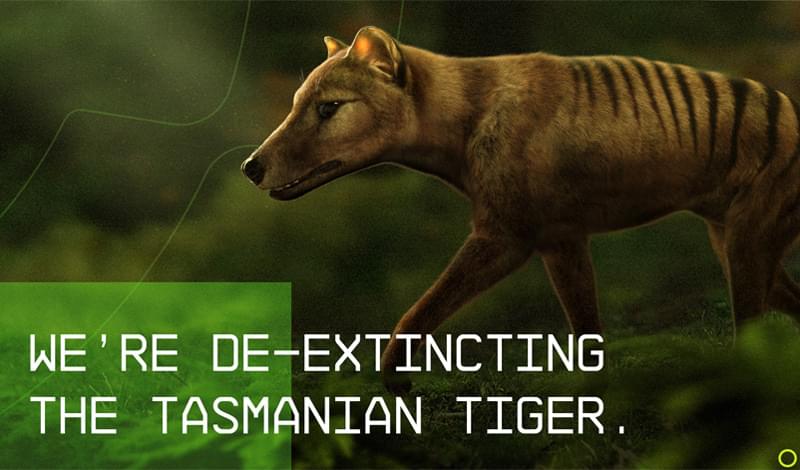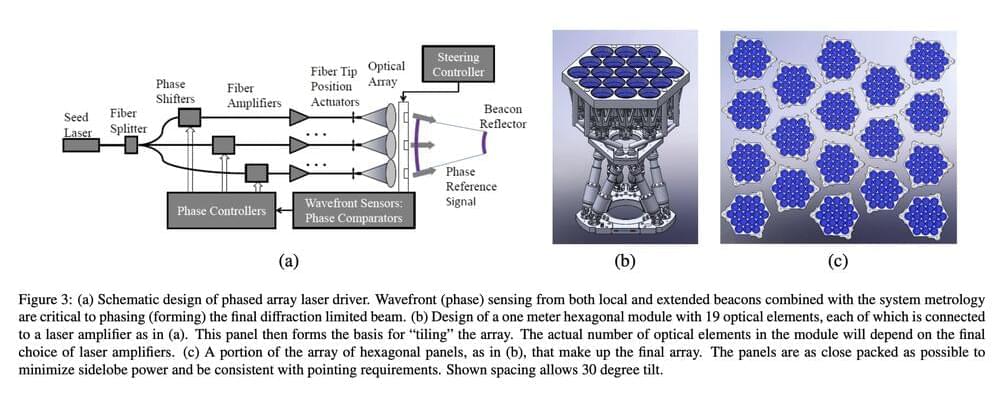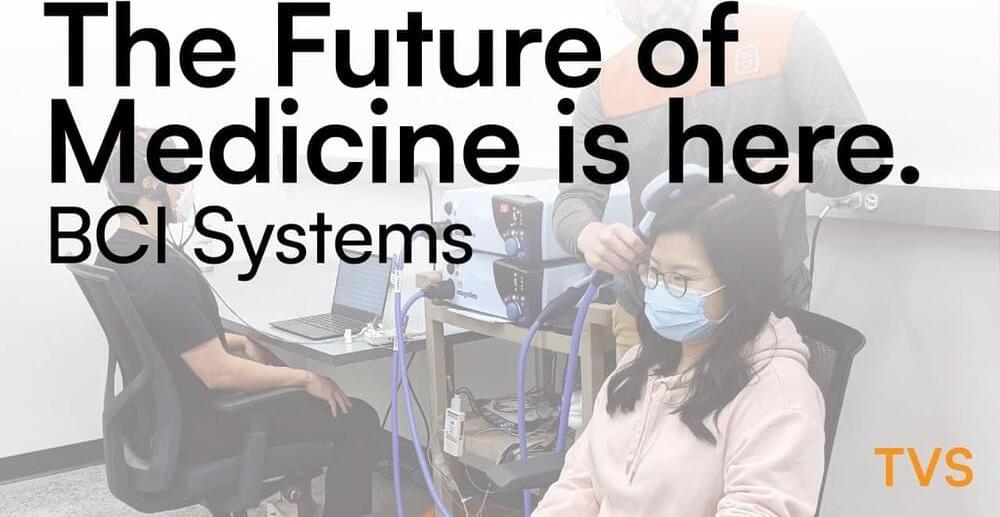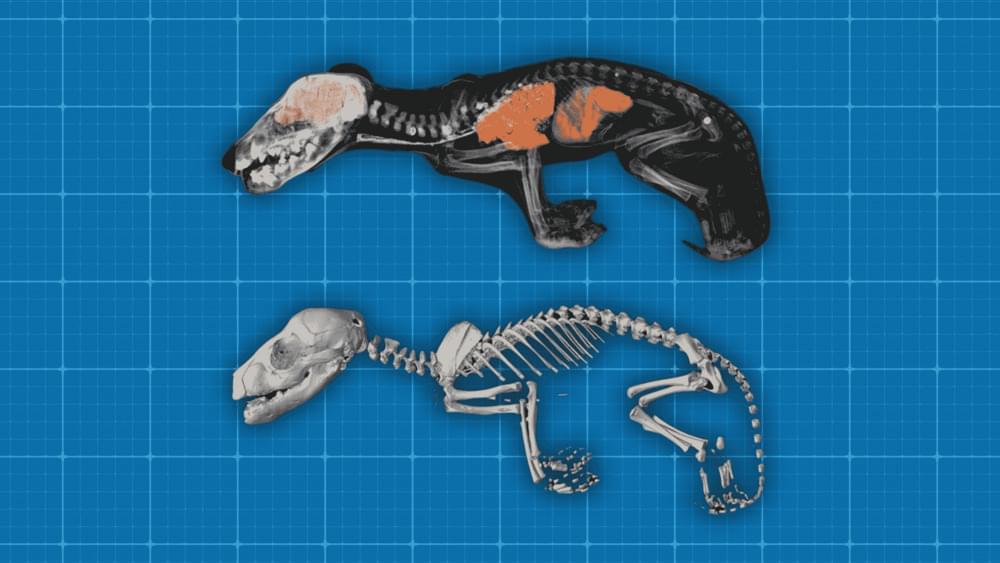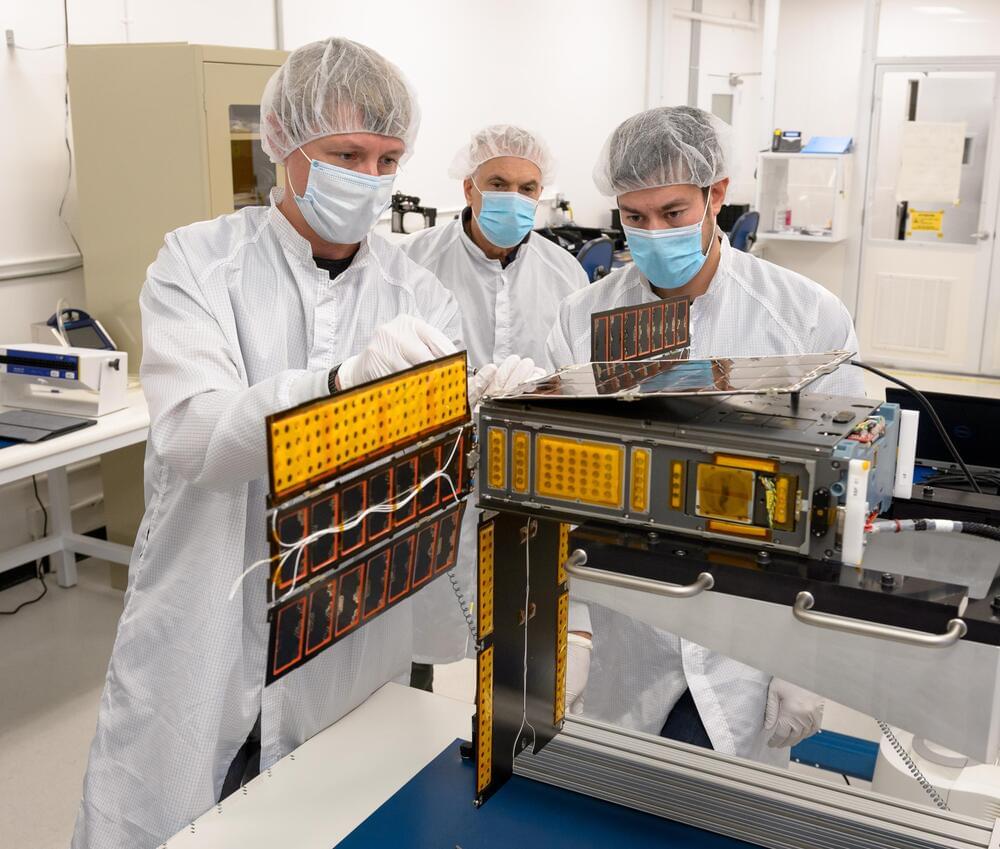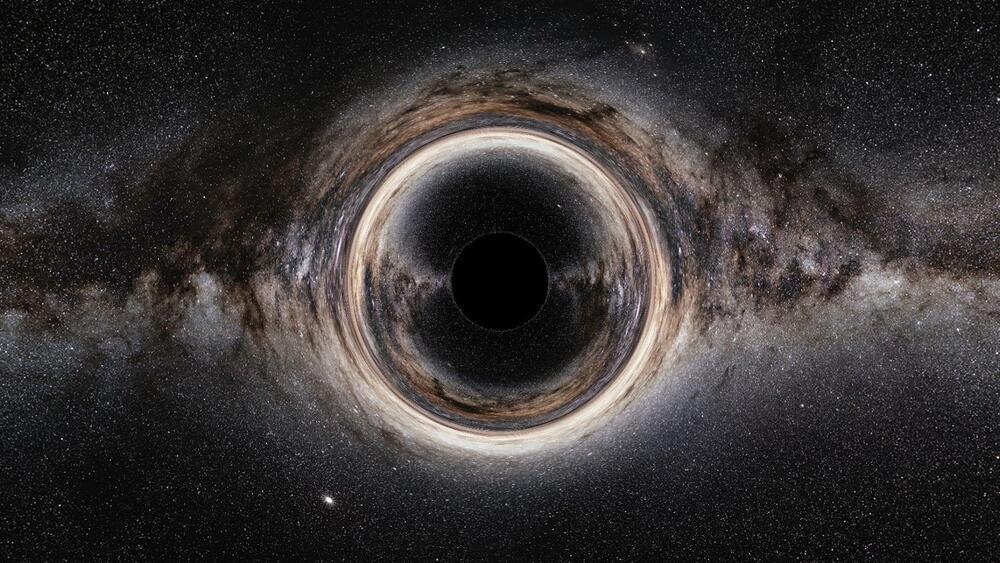The Space Launch System and Orion capsule will launch on Aug. 29 to formally start the Artemis moon exploration program.
The last known thylacine, also called the Tasmanian tiger, died at Australia’s Hobart Zoo in 1936. Now, a team of scientists believe they can resurrect the extinct species within 10 years, using stem cells and gene editing technology.
A new laser technology creates cold brew coffee in minutes. Even better: it tastes just as good and may be coming to a coffee shop near you.
A young woman begins receiving messages from an unknown number that claims to be her deceased father. Trying to uncover the truth, she stumbles upon a larger conspiracy involving the singularity. On AMC+, September 1.
CAST: Katie Chang, Paul Dano, Daniel Dae Kim, William Hurt, Maude Apatow, Rosemarie DeWitt, Aaron Eckhart, Taylor Schilling.
SUBSCRIBE for more all the LATEST JOBLO TV TRAILERS here: https://bit.ly/2rgxfot
Arrays of lasers can be used to push light weight solar sails to other stars. This has been funded with over $100 millon and it builds upon the technology of the $600 billion laser and photonics industry. A recent paper looks at how different technological improvements will make it more feasible and improve the costs. Integrated photonics and mass production of most of the modular systems will be fundamentally necessary to afford the full-scale realization of this vision. Researchers have derived an analytical cost model which is driven by the fundamental physics of the proposed system. This allows us to make economically informed decisions and create a logical path forward to interstellar flight.
A Brain-Computer Interface (BCI) is a promising technology that has received increased attention in recent years. BCIs create a direct link from your brain to a computer. This technology has applications to many industries and sectors of our life. BCIs redefine how we approach medical treatment and communication for individuals with various conditions or injuries. BCIs also have applications in entertainment, specifically video games and VR. From being able to control a prosthetic limb with your mind, to being able to play a video game with your mind—the potential of BCIs are endless.
What are your thoughts on Brain-Computer Interfaces? Let us know!
Any disruptive technologies you would like us to cover? Dm us on our Instagram (@toyvirtualstructures).
—————–
Check out our curated playlists:
https://www.youtube.com/channel/UCr5Akn6LhGDin7coWM7dfUg/playlists.
—————–
Media Used:
Tom Oxley | TED
—————–
Want more content?
Check us out at:
Instagram: @toyvirtualstructures.
Twitter: @web3tvs
The ‘Son of Concorde’ will bring back supersonic travel to the U.S…
American Airlines, the world’s largest airline, has committed to buying 20 supersonic aircraft from a Colorado-based aircraft manufacturer, whose design is still under testing, a press release from the airline said.
Traveling at speeds faster than that of the sound was a regular event before the turn of the millennium. However, when the aircraft manufacturer Concorde went under, airlines had no option but to stick with subsonic aircraft. This is the reason why flights across the world are long when with supersonic travel, they could take only a few hours.
American, the world’s largest airline, poised to have the world’s largest supersonic fleet with new Boom Supersonic aircraft.
FORT WORTH, Texas, and DENVER, Aug. 16, 2022 — American Airlines and Boom Supersonic today announced the airline’s agreement to purchase up to 20 Overture aircraft, with an option for an additional 40. American has paid a non-refundable deposit on the initial 20 aircraft. Overture is expected to carry passengers at twice the speed of today’s fastest commercial aircraft.
Boom Supersonic’s Overture would introduce an important new speed advantage to American’s fleet, which is currently the simplest, youngest and most efficient among U.S. network carriers. Under the terms of the agreement, Boom must meet industry-standard operating, performance and safety requirements as well as American’s other customary conditions before delivery of any Overtures.
Is de-extinction realistic?
Scientists in the US and Australia have announced a multi-million dollar project — resurrecting the extinct Tasmanian tiger. The last known marsupial officially called a thylacine, died in the 1930s. According to the team, the extinct thylacine can be recreated using stem cells and gene-editing technology, and the first one could be “reintroduced” to the wild within 10 years.
We would strongly advocate that first and foremost we need to protect our biodiversity from further extinctions, but unfortunately we are not seeing a slowing down in species loss.
TIGGR Lab.
The last known marsupial officially called a thylacine, died in the 1930s. According to the team, the extinct thylacine can be recreated using stem cells and gene-editing technology, and the first one could be reintroduced to the wild within 10 years.
Its Biosentinel mission will launch aboard Artemis I.
NASA’s sending living cells to deep space for the first time. The BioSentinel mission will be the first long-duration biology experiment in deep space, a NASA post.
BioSentinel will monitor the growth and activity of yeast cells as they get bombarded by high-energy radiation particles in deep space and beam the data back to NASA researchers on Earth to help safeguard astronaut heath.
A new approach to an age-old question.
Black holes are among some of the most mysterious objects in the Universe. They are the remnants of massive stars that have reached the end of their life cycles and collapsed into a region of spacetime that is incredibly dense. Their gravitational force is so strong that nothing can escape their surface.
Much like water gushing down a drain, the very fabric of space (and time) also appears to be draining away within some of the most enigmatic things in the universe — black holes. But, what exactly are they?
Are they more common than we think? Should we be concerned about them? What role do they play in the universe?
These are just some of the “big picture” questions some of the greatest minds of astrophysics have mulled over for many decades.

